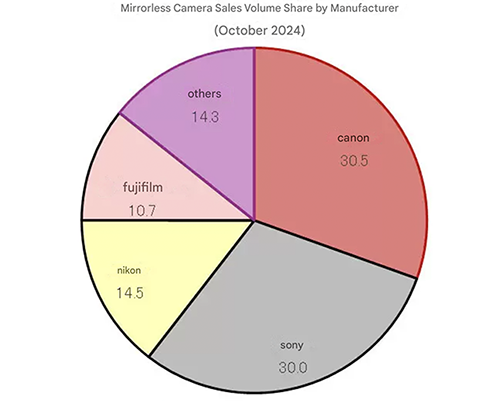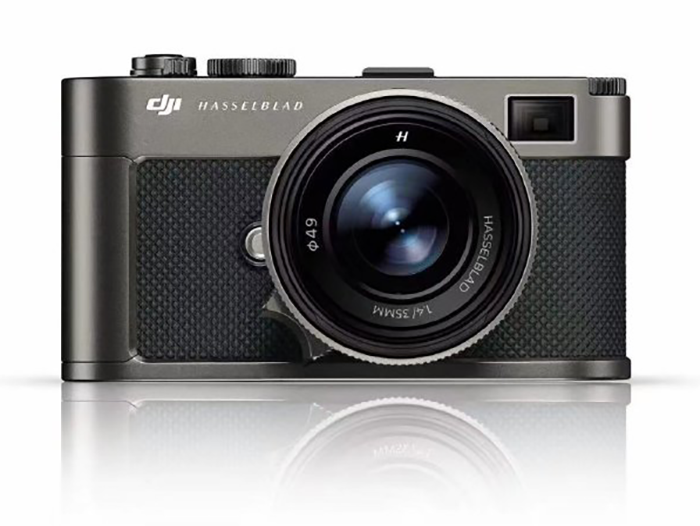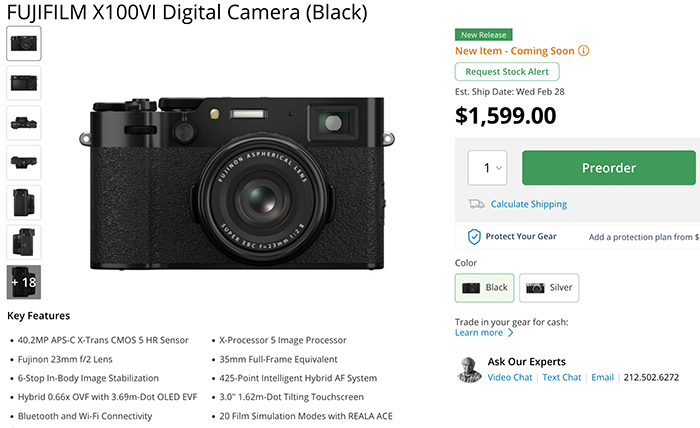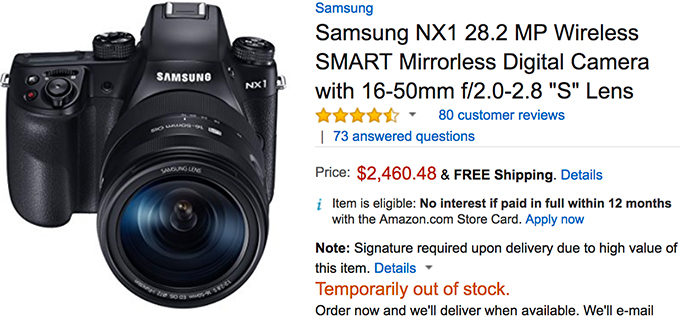Too good to be true? High-end Samsung APS-C camera based on Exynos 9810 SoC
The NX1 still sells for $2,460 on Amazon
Well it’s years now Samsung NX line is dead. So I was really surprised to get a rumor about a new NX model in my mail box. The rumor comes from an anonymous source. It sounded soo strange that I almost think there is some truth behind this. So read it here:
High-end Samsung APS-C camera based on Exynos 9810 SoC.
I got to play with something insane today. Samsung Mobile (who took over the camera division) retrofitted an NX1 with a new APS-C sensor and Exynos 9810 SoC, which is rumored to launch in the Samsung S9.
30,1 megapixels sensor (6720*4480) which is stacked (3-stack FRS) ISOCELL with Tetracell and dual-pixel AF. Extremely fast readout combined with 4K 120fps h/265 encode capability enable impressive framerates
– Full sensor (6720*4480) @ 30fps
– 5376*3024 @ 60fps
– 3840*2160 @ 120fps
– 2688*1512 @ 240fps
– 1920*1080 @ 480fps
Up to 120fps should be full sensor read-out, 2.7K and 1080p at higher frame-rates is 2×2 pixel binning and then down-sampling (so full width of sensor is used up to 480fps (!).15fps burst with mechanical shutter, 30fps RAW with electronic shutter. Practically no read-out noise so extremely ISO invariant (thanks to ISOCELL’s deep trench isolation). AF is insane with combination of dual-pixel and ‘Super PD’, which is regular in-sensor phase detection.
All features of Exynos 9810 are enabled (except a small part of GPU), so a huge amount of in-camera processing power, optional LTE-connectivity with eSIM, GNSS (GPS, GLONASS, BeiDou) for location tagging, SD 3.0 with UHS-II support for memory cards (up to 300 MB/s), Bluetooth 5 for continuous low-power connection and 802.11ac with 2×2 MIMO for fast image- and video transfer. USB 3.1 Type-C with DP enabled for uncompressed output up to 5K 30fps and 4K 60fps. There is a PCIe 3.0 x2 bus left if they decide to add something like a CFexpress card-slot, or Thunderbolt 3 or 10GbE.
Very impressive software feature was accelerometer-based shutter. You press the shutter, and the accelerometer registers the G-forces (acceleration). Then it takes a picture when the X- and Y-acceleration are closest to 0 and the Z-acceleration is closest to 1 (natural gravity). Doesn’t work perfect (you can still move without accelerating), but I was able to double to triple my handheld shutter-speed, so that means at least a stop lower ISO. Delay between pressing and shooting is about half a second, so it’s not for sports. They are working to also implement the gyroscopic data to pick the moment with the least amount of roll. This feature makes is probably to the S9.
Like I said, it’s a prototype, based on a NX1, and they don’t know yet if it will ever hit the market, but if it does it will be at least as ground breaking as the original NX1 (they were thinking about a few extra things (variable ND, IBIS, HBM2-buffer), but hey, research is expensive and upper management).
LIke I said before, I have no clue if this info is real or not. That said I would love to see Samsung coming back to the mirrorless system camera world!




